Who Is Janisse Quiñones? Los Angeles Water Chief Knew about Empty Reservoir Before Fires
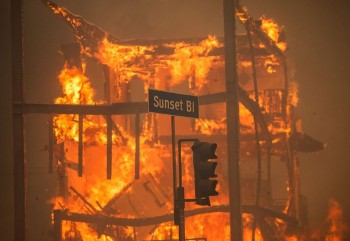 Critical Fire Alert: Strong Winds to Intensify Blazes Across Los Angeles Next Week Critical Fire Alert: Strong Winds to Intensify Blazes Across Los Angeles Next Week |
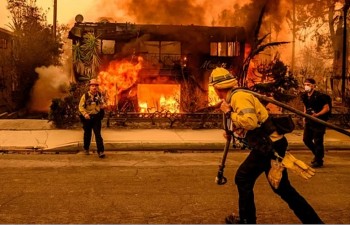 Wildfires in Los Angeles: About 30 Arrests, Burglar Dressed as Firefighter Wildfires in Los Angeles: About 30 Arrests, Burglar Dressed as Firefighter |
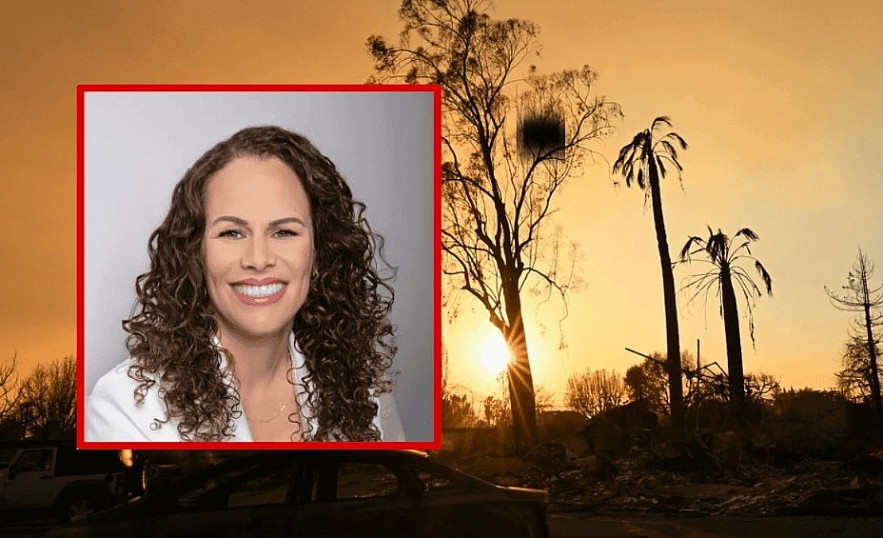 |
| Los Angeles water chief knew about empty reservoir, broken hydrants months before fires |
The recent deadly wildfires in Los Angeles have brought the spotlight on Janisse Quiñones, the CEO of the Los Angeles Department of Water and Power (LADWP), amid allegations of negligence that may have worsened the situation. Reports suggest that Quiñones, appointed in May 2023 with a hefty salary of $750,000, was aware of critical issues, including an empty reservoir and broken fire hydrants, months before the fires began. These revelations have sparked widespread criticism and raised questions about her leadership.
Janisse Quiñones’ Appointment and Background
Janisse Quiñones, a highly experienced engineer and executive, was hired by Los Angeles Mayor Karen Bass to lead the LADWP, the largest publicly owned water and power utility in the United States. Before this role, Quiñones held a senior executive position at Pacific Gas and Electric (PG&E), a company notorious for its involvement in several catastrophic California wildfires. PG&E faced bankruptcy due to liabilities associated with its failure to maintain infrastructure, which caused widespread fires in the state.
Despite her extensive background, Quiñones’ tenure at PG&E has drawn scrutiny, given the company’s controversial history. Critics argue that her connection to a utility linked to fire scandals casts doubt on her ability to address Los Angeles’ pressing challenges, particularly during a fire-prone season.
• This is Janisse Quiñones, the newly appointed CEO of the LA Department of Water — with a $750k salary. Watch as she can’t explain why there was no water, and she knew about empty reservoir and broken hydrants' months before fires! Way to earn that big salary:
The Empty Reservoir Controversy
One of the most alarming revelations involves the Santa Ynez Reservoir, located in the Pacific Palisades area. Designed to hold 117 million gallons of water, this reservoir was reportedly taken offline under Quiñones’ leadership to address a tear in its cover. The decision to empty the reservoir during bushfire season has been widely criticized. Former LADWP general manager Martin Adams stated that the reservoir could have played a crucial role in combating the Palisades Fire.
Firefighters and officials have expressed frustration over the reservoir’s unavailability, claiming that the lack of water significantly hindered their efforts to control the fires. An anonymous source within the Los Angeles Fire Department (LAFD) told the Daily Mail that had the reservoir been operational, there likely would have been enough water to suppress the flames. This incident underscores the critical need for effective resource management in fire-prone areas.
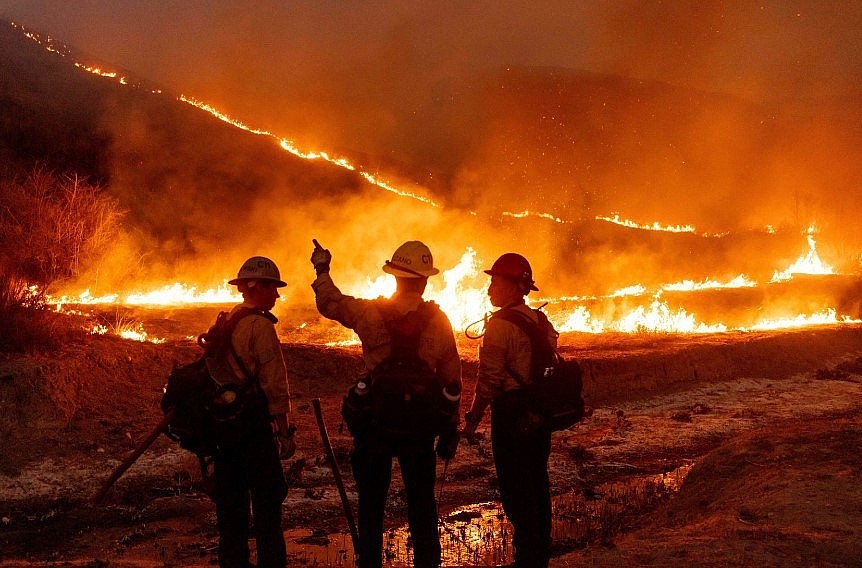 |
| Fire crews battle the Kenneth Fire in the West Hills section of Los Angeles, Thursday, Jan. 9, 2025 |
Broken Fire Hydrants and Water Pressure Issues
In addition to the empty reservoir, reports of broken fire hydrants and low water pressure further exacerbated the situation. Several hydrants in the Palisades area were reportedly non-functional during the fires, leaving firefighters scrambling for alternative water sources. According to Quiñones, the system experienced low pressure because water was being used faster than it could be replenished. However, LAFD insiders argue that the problem stems from a failure by the LADWP to maintain and repair essential infrastructure.
These systemic issues have prompted California Governor Gavin Newsom to call for an independent investigation into Los Angeles’ water and power departments. In a letter addressed to Quiñones, Newsom demanded accountability and transparency, emphasizing the urgent need to understand what went wrong.
The Devastating Impact of the Wildfires
The wildfires, which began spreading across Los Angeles earlier this week, have wreaked havoc on the city. More than 12,000 homes and structures have been destroyed, leaving entire communities in ashes. The death toll has risen to at least 11, with five fatalities reported from the Palisades Fire and six from the Eaton Fire. These fires have affected a densely populated area spanning 25 miles (40 kilometers) north of downtown Los Angeles.
Despite the scale of the disaster, the exact causes of the largest fires remain unidentified. However, the combination of strong winds, dry conditions, and inadequate water resources has contributed to the fires’ rapid spread.
Public and Political Reactions
The revelations about Quiñones’ leadership have sparked outrage among residents and public officials. Many believe that her failure to address known issues with the reservoir and fire hydrants directly contributed to the severity of the wildfires. Critics argue that her management of the LADWP mirrors the negligence seen during her time at PG&E, further fueling calls for her resignation.
Governor Newsom’s demand for an independent investigation has been widely supported, as the public seeks answers and assurances that such a crisis will not happen again. Newsom also shared his concerns on social media, calling attention to the alleged mismanagement and its devastating consequences.
Lessons from the Crisis
The Los Angeles wildfires highlight the critical importance of proactive resource management and infrastructure maintenance. Fire-prone areas require robust planning and immediate action to mitigate risks, particularly during peak fire seasons. The controversy surrounding Janisse Quiñones serves as a stark reminder that leadership in utilities like LADWP carries immense responsibility, especially when public safety is at stake.
Moving forward, Los Angeles officials must prioritize transparency, accountability, and resilience in their approach to managing water and power resources. The city’s ability to prevent and respond to future disasters depends on addressing systemic flaws and ensuring that essential infrastructure is always operational.
Conclusion
Janisse Quiñones’ tenure as LADWP’s CEO has come under intense scrutiny amid the ongoing wildfires that have devastated Los Angeles. Allegations of negligence, including the decision to empty the Santa Ynez Reservoir and the failure to repair broken fire hydrants, have raised serious concerns about her leadership. As investigations unfold, the city must grapple with the consequences of these decisions and work to rebuild trust in its water and power systems. The lessons learned from this crisis will be crucial in preventing similar tragedies in the future.
 $125M Mansion Burned Down in LA Wildfires: Most Expensive Home, HBO's "Succession" $125M Mansion Burned Down in LA Wildfires: Most Expensive Home, HBO's "Succession" In early January 2025, a catastrophic wildfire swept through Los Angeles, leading to the destruction of a $125 million megamansion in Pacific Palisades. |
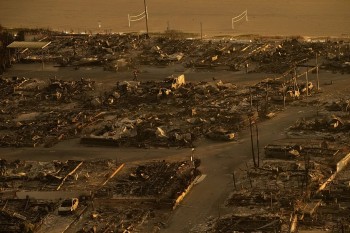 Fires Continue to Burn in Southern California: A Region in Crisis Fires Continue to Burn in Southern California: A Region in Crisis Southern California is in the grip of a wildfire crisis, with multiple blazes ravaging the region, leaving destruction, displacement, and devastation in their wake. |
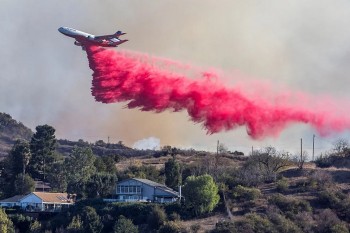 Why Is Fire Retardant Red? The Mystery of the 'Red Smoke' Used to Put Out Fires in Los Angeles Why Is Fire Retardant Red? The Mystery of the 'Red Smoke' Used to Put Out Fires in Los Angeles In this article, we’ll explore the science, composition, and significance of the red fire retardant, unveiling the mystery behind its striking hue. |
 How to Protect Yourself from Scams Following the Southern California Wildfire How to Protect Yourself from Scams Following the Southern California Wildfire We explores common scams following disasters, particularly those facilitated through social media, and provides actionable advice to help protect yourself and your loved ones. |
 Los Angeles Fires Continues to Rise: 16 Dead, Dangerous Winds Persist Los Angeles Fires Continues to Rise: 16 Dead, Dangerous Winds Persist Officials warned of more severe fire weather conditions this weekend as the largest of four wildfires in Los Angeles County encroached on a major Southern ... |


























